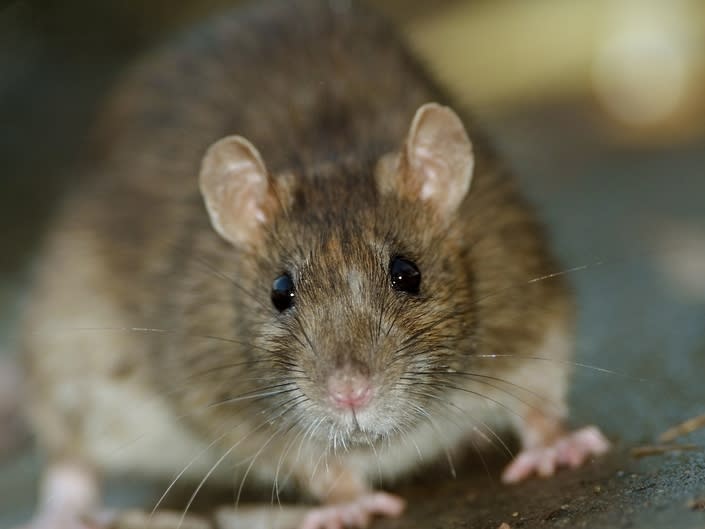Most Rats: Illinois Has Rattiest City ... Again

CHICAGO — The Chicago metro area is once again one of the 50 “rattiest” in America. It was listed in Orkin’s most recent yearly report on the number of new rodent treatments in various urban areas across the nation.
The visibility of rodents went up during the coronavirus pandemic as the closure of restaurants sent rodents to new areas to look for food, the Atlanta-based pest control company stated in its release of the rankings last week.
Orkin did not provide specific year-over-year numbers, but the increase in rodent visibility has been tied to the pandemic, said Ben Hottel, Orkin’s technical services manager.
“Pandemic-driven restaurant closures forced rodents to find new food sources, thus increasing their visibility throughout the country,” Hottel said in a statement to Patch. “Without restaurant waste to dine on, they started scavenging new areas, often into residential communities that were still producing food waste."
For the sixth year in a row, the Chicago metro area was ranked No. 1 on the list, which Orkin based on the number of new residential and commercial rodent treatments performed from Sept. 1, 2019, to Aug. 31, 2020.
The top five “rattiest cities” — Chicago, Los Angeles, New York, Washington, D.C., and San Francisco — remained ranked the same in both 2019 and 2020.
Detroit, Philadelphia, Baltimore, Denver and Minneapolis rounded out the top 10. Chicago has held the top rank every year since Orkin began the study in 2015.
Hottel said rodents are “experts” at sniffing out food and shelter, “and they’re resilient in their ways to obtain both.”
“Residential properties offer the ideal habitat for rodents, and once they’ve settled in, they’re capable of reproducing rapidly and in large quantities.”
Orkin has shared these five tips on how best to keep rats and mice out of the home.
Do not leave out food. Small crumbs and garbage are popular food sources, as are dry goods such as grains and cereals. These should be kept in sealed metal or glass containers to prevent contamination.
Avoid cluttered spaces. Cardboard objects prove attractive to rodents, which tend to chew them up for use in nests. Take advantage of your extra time at home to clean and organize crowded spaces around the house.
Do not let the landscaping run wild. Tall grass with adequate harborages, such as wood piles next to the house, can be ideal habitats for rodents. Tree branches in contact with homes can also offer rodents easy access to the upper levels of your home where they may find a way into the attic.
Inspect both inside and outside your home for rodent droppings, burrows and rub marks along baseboards and walls. The more quickly rodents are detected, the better.
Look for possible entry points outside your home and seal cracks and holes if any are found. Install weather strips around entryways, especially under doors, to help block rodents from sneaking inside.
This article originally appeared on the Chicago Patch

